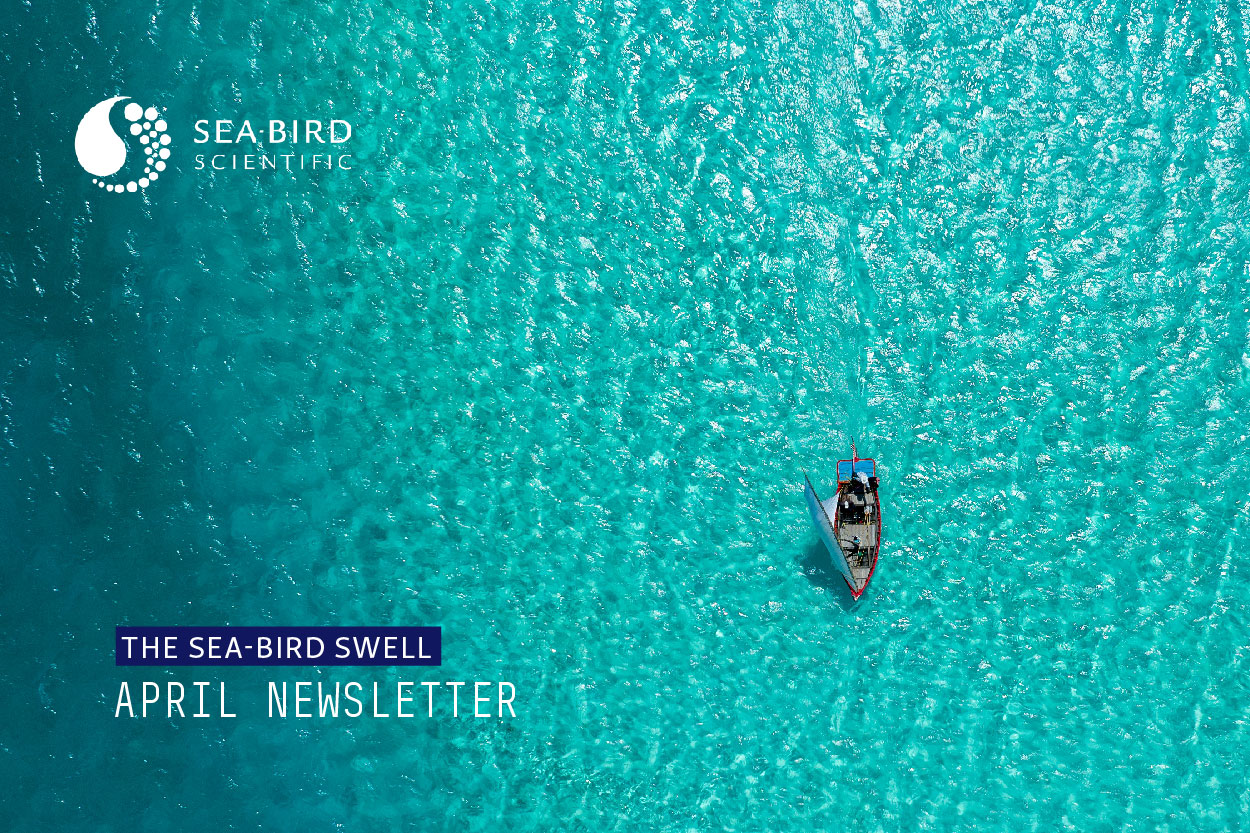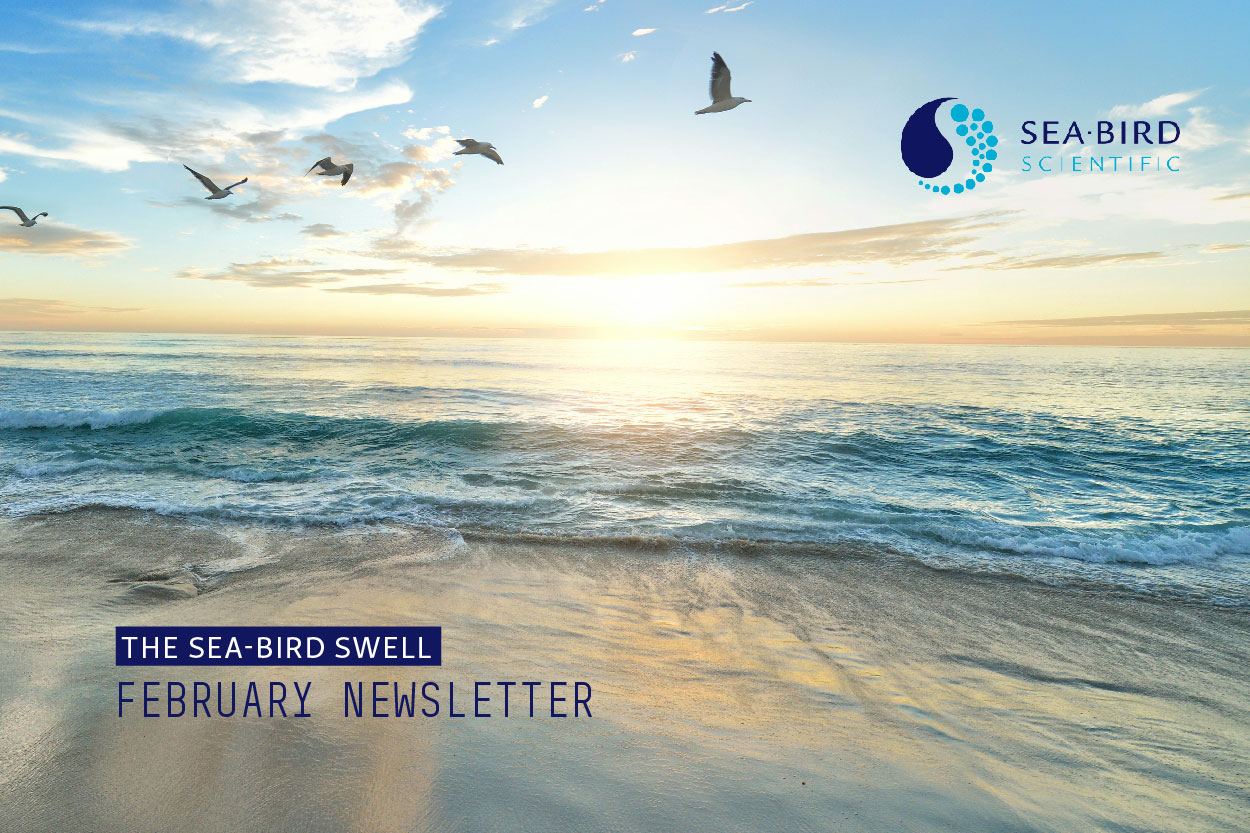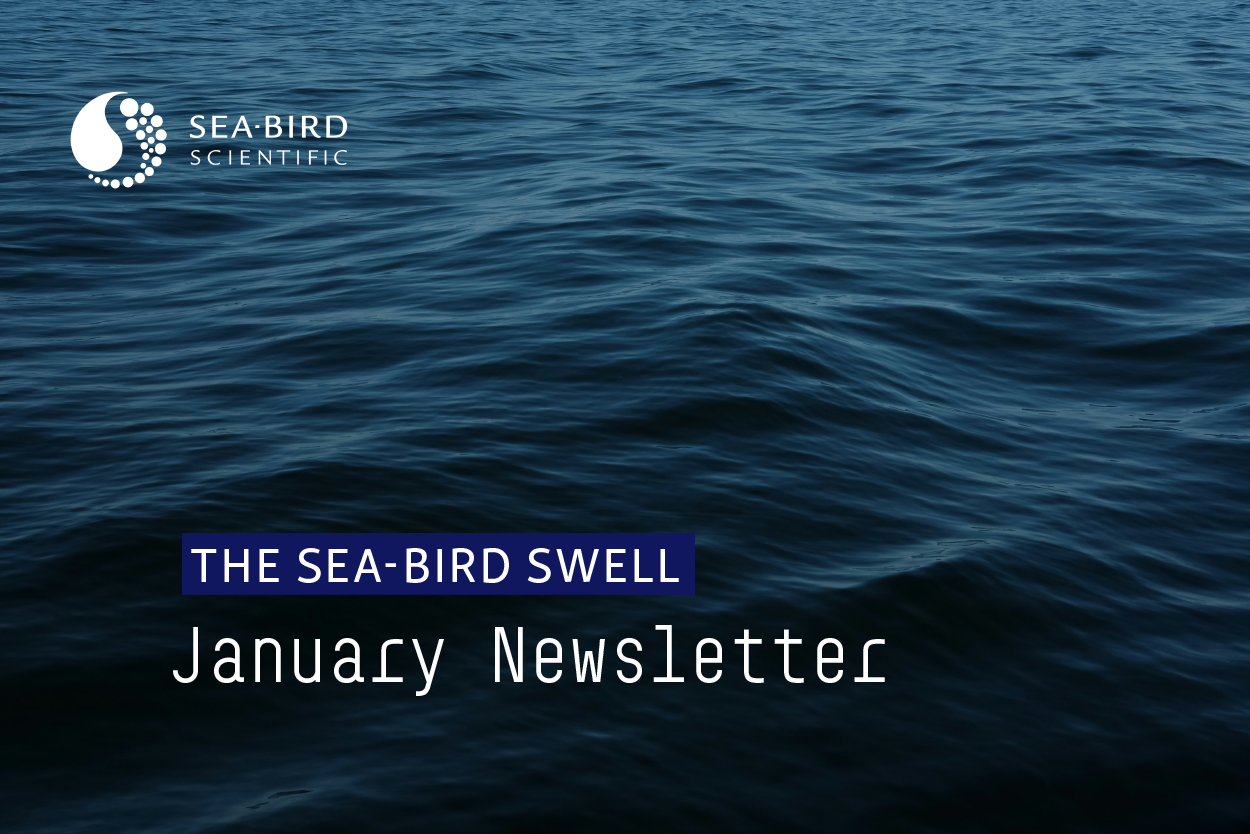Salinity Spikes: Sensor or Environment?

These data show a subtle problem that is producing “fuzzy” salinity and oxygen data. While the overall shape of the profile appears reasonable, small spikes are present throughout the CTD cast. The black lines encompass a particularly strange spot where both salinity and oxygen jump away from their respective averages. Is there a problem with the equipment, or are these spikes a result of the environment?
Find the Answer

Answer: This CTD’s pump was not functioning properly, resulting in a poor response from the conductivity and oxygen sensors. This problem is most pronounced while travelling through gradients or during times of significant ship heave.
These data originated from the secondary temperature/conductivity/oxygen channels on a 9plus CTD. The figure above shows data from the primary sensors superimposed over the secondary sensor data (red is primary salinity, green is primary oxygen). The primary sensors had a fully functional pump, so the data are much cleaner, with tighter grouping between samples and greater similarity in the upcast and downcast.
Repairing the pump associated with the secondary Temperature/Conductivity/Oxygen plumbing on the 9plus fixed the problem, and data from the secondary sensors matched nicely with data from the primary sensors.
Related Posts
Featured Posts
UG2 Workshop 2024
We hope to see you at UG2 '24 We are excited to sponsor the upcoming 2024 Glider Workshop in Ann Arbor, Michigan, from September 10 - 12, 2024. Overview This workshop will bring together the global underwater glider community to strengthen international collaboration...
Oceanology International 2024
We hope to see you at #Oi24 We are excited to return to Oceanology International 2024 again in London, UK from March 12-14. Overview Oceanology International brings together 500+ exhibitors in the only event that links the three key players in the industry:...
Ocean Sciences Meeting 2024
We hope to see you at #OSM24 We are excited to return to Ocean Sciences Meeting 2024 in New Orleans, Louisiana from February 18-23 at booth number #527. Overview The Ocean Sciences Meeting 2024 is co-sponsored by the American Geophysical Union, the Association for the...
Science and Technology
Platform


